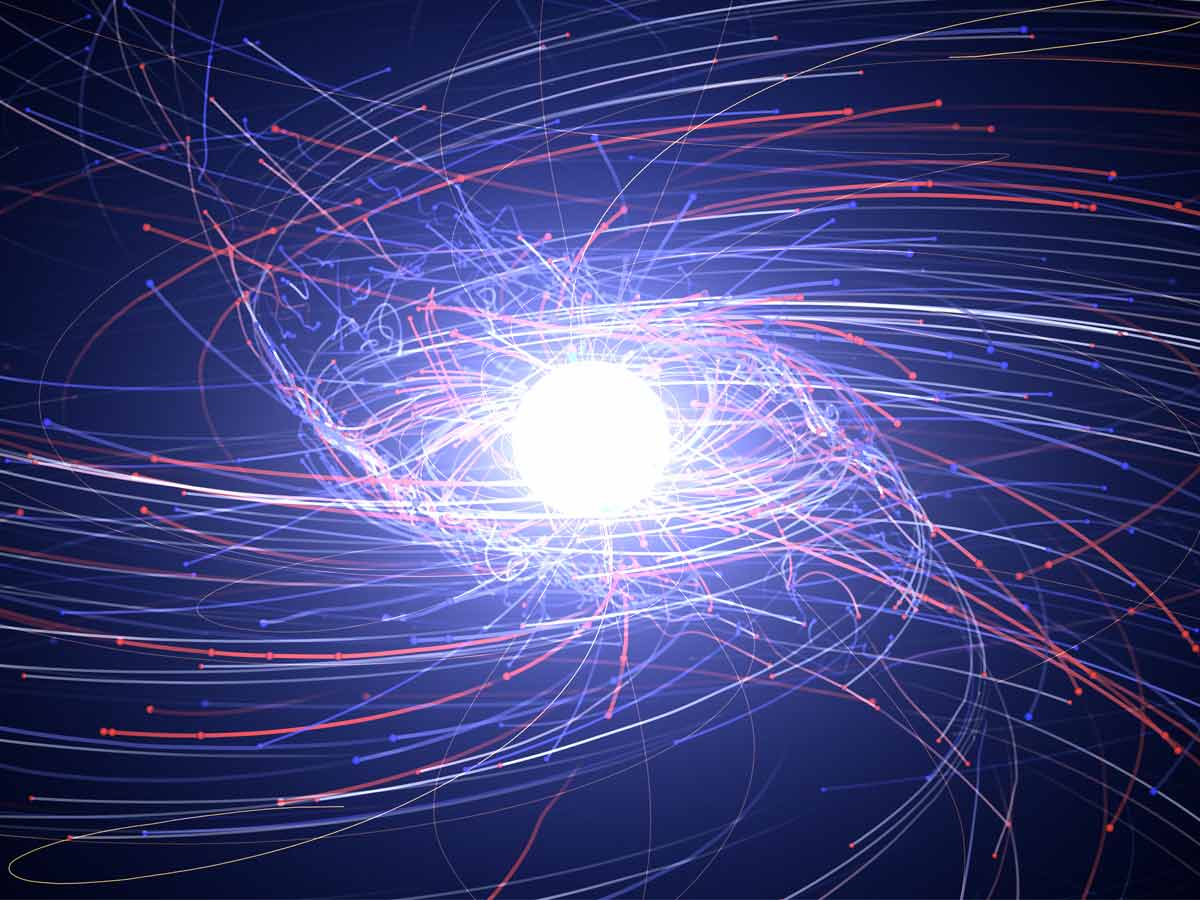The only difference between antimatter and conventional matter is that it has the opposite electric charge.
A negatively charged electron, for example, has an antimatter counterpart known as a positron. A positron is a positive-charged particle having the same mass as an electron.
Neutrons, for example, are frequently their own antimatter companions since they have no electric charge. However, scientists have yet to discover if the enigmatic little neutral particles known as neutrinos are their own antiparticles.
Although it may sound like something out of a science fiction novel, antimatter is a genuine phenomenon. Following the Big Bang, antimatter was generated alongside matter. However, antimatter is extremely rare in today’s cosmos, and scientists are baffled as to why.
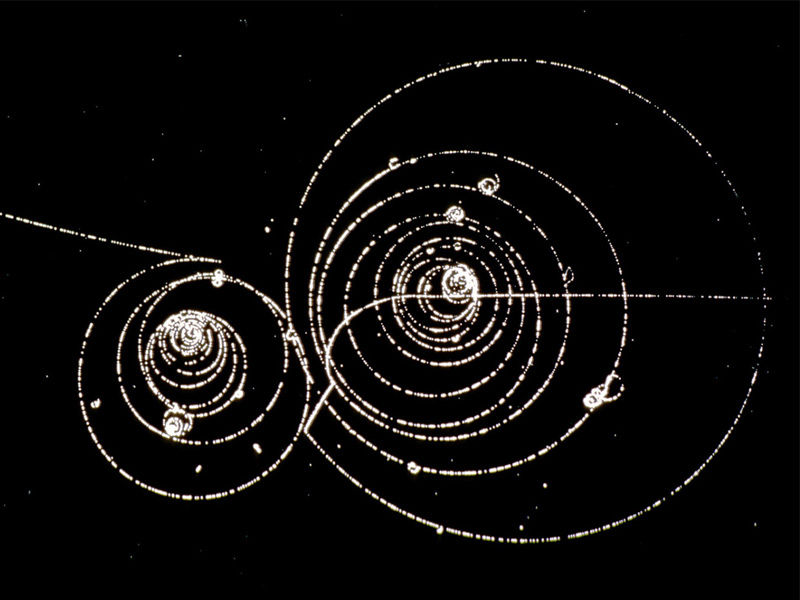
Humans have generated antimatter particles through ultra-high-speed collisions at massive particle accelerators like the Large Hadron Collider, which is located outside Geneva and run by CERN (the European Organization for Nuclear Research). Several experiments at CERN produce antihydrogen, the element hydrogen’s antimatter counterpart. Antihelium, the helium’s antimatter counterpart, is the most complicated antimatter element created to date.
There are also naturally occurring antiparticles found randomly across the cosmos. When matter and antimatter collide, they annihilate one other and generate energy, implying that antimatter doesn’t last long in a matter-dominated universe like ours.
Antimatter is also important to the puzzle of why the cosmos exists at all. Only energy existed in the early minutes following the Big Bang. Particles of both matter and antimatter were created when the cosmos cooled and expanded. Scientists studied the characteristics of particles and antiparticles with extraordinary accuracy and discovered that they behaved the same way.
Also Read, Oxagon: The World’s First Floating City in the World
So, if antimatter and matter were formed in equal quantities and behaved the same way, all matter and antimatter generated at the beginning of time should have been destroyed in contact, leaving nothing behind.
According to one idea, at the beginning of the universe, there was more matter than antimatter, such that even after mutual annihilation, there was enough matter left to form stars, galaxies, and, eventually, everything on Earth. The difference would have been negligible. According to Space.com, a LiveScience sister site, less than one in one billion ordinary particles would have survived the pandemonium and gone on to generate all the stuff we see around us today.
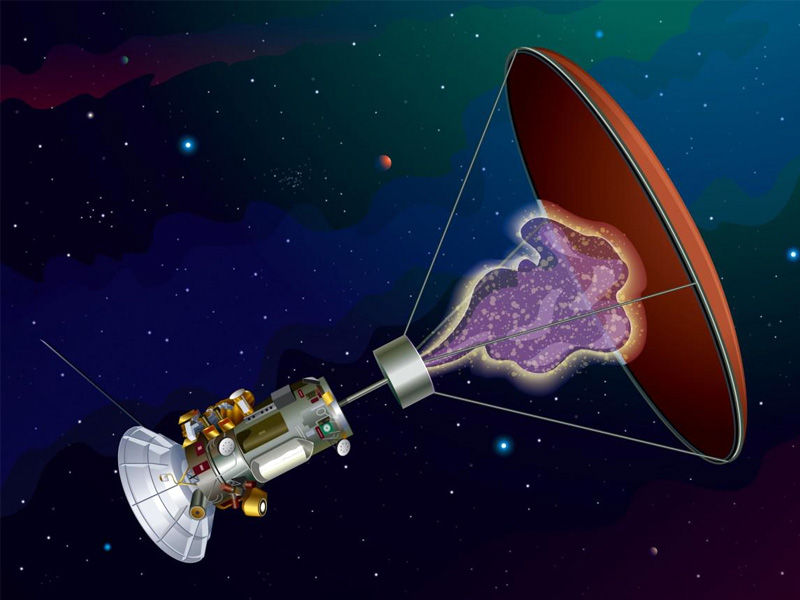
If the neutrino — a small, ghostly particle that scarcely interacts with other matter — is, in fact, its own antiparticle, that might be the key to unravelling this mystery. According to this idea, at the beginning of time, a tiny proportion of neutrinos would have been able to convert from antimatter to matter, perhaps causing a modest matter imbalance at the beginning of the universe. Experiments have been conducted to discover if the neutrino is its own antiparticle.
Antimatter was predicted by British scientist Paul Dirac in 1928 while attempting to merge quantum mechanics, which explains subatomic particles, and Einstein’s theory of relativity. Dirac was seeking for answers to an equation that explained the motion of an electron travelling at near-light speed.
“Much as the equation x2 = 4 can have two alternative solutions (x = 2 or x = minus 2), Dirac’s equation may have two solutions, one for an electron with positive energy and other electron with negative energy,” according to CERN. Dirac was first hesitant to reveal his findings. He eventually accepted them, setting forth that every particle in the cosmos should have a mirror-image particle that behaved identically but have an opposite charge.
Positrons were found a few years later by Carl Anderson, a physicist at the American California Institute of Technology, who was examining very intense cosmic rays that originate from space and impact Earth’s atmosphere, causing a shower of other particles. Anderson revealed a trace of something with the same mass as an electron but a positive charge in his radar.
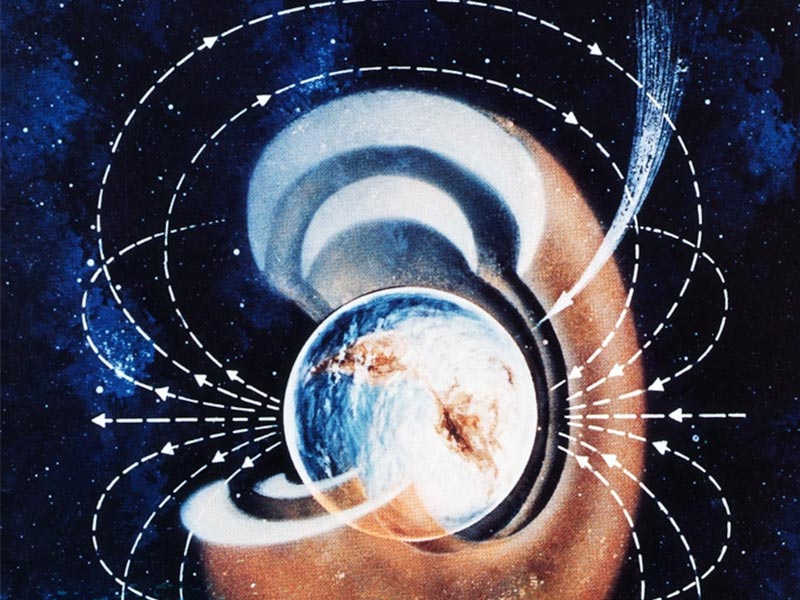
According to the American Institute of Physics, the word positron was suggested by an editor at the magazine Physical Review. Dirac and Anderson were awarded the Nobel Prize in physics for their contributions to this discovery, Dirac in 1933 and Anderson in 1936.
Engineers have suggested that antimatter-powered spacecraft may be an efficient method to explore the cosmos since combining matter and antimatter creates energy.NASA has investigated the use of antimatter-driven spacecraft to go to Mars, but the concept has certain drawbacks. For starters, it’s prohibitively costly.
“An approximate estimate for manufacturing the 10 milligrammes of positrons required for a human Mars voyage with technology now under development is around $250 million,” Gerald Smith of Positronics Research LLC in Santa Fe, New Mexico, said in a NASA article in 2006. The price may look exorbitant, but it still costs around $10,000 per pound to launch something into orbit, so launching a big spaceship and its human crew would be expensive as well.
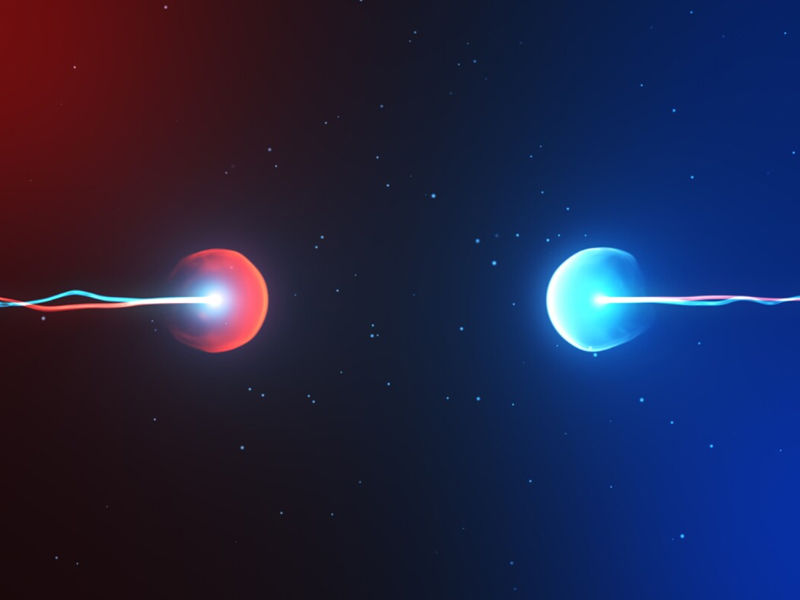
Recently, NASA researchers investigated the prospect of sending a probe to the closest star system, Alpha Centauri, utilising the energy created by matter-antimatter collisions. The collision energy would allow the vehicle to accelerate to 10% the speed of light and then slow down sufficiently to explore Alpha Centauri for decades.





















